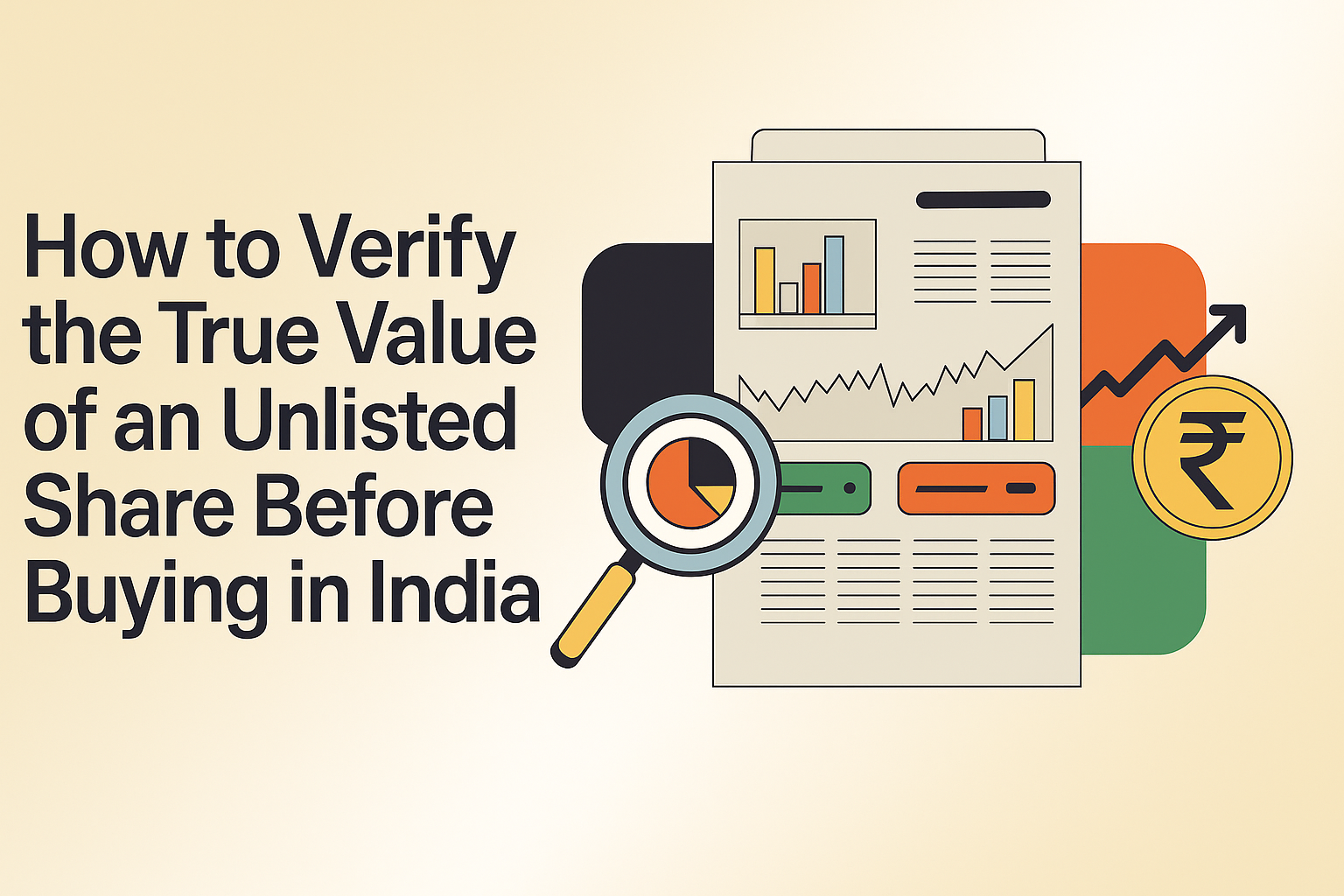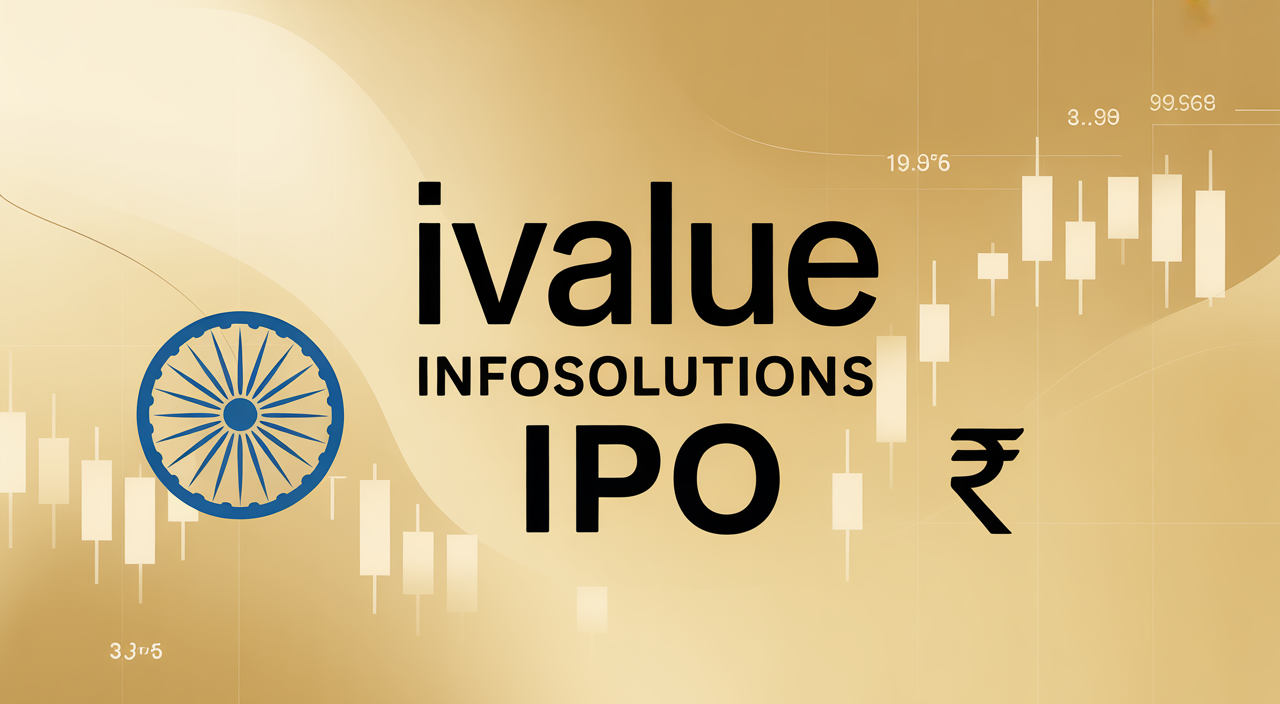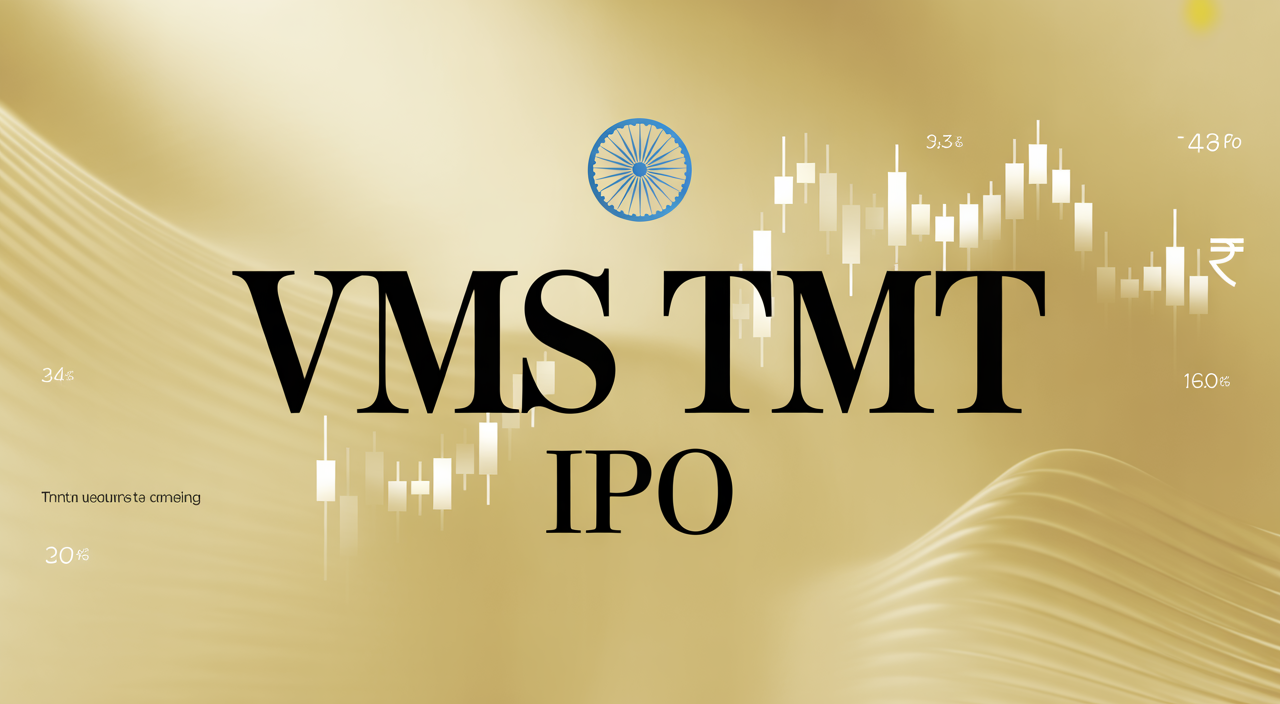Investing in unlisted shares in India offers exciting opportunities. You get to invest in high-growth companies before they list on stock exchanges. Think of famous startups or established private firms. While the potential for high returns is real, it also comes with unique challenges. One of the biggest is figuring out the real value of these shares.
Unlike listed companies, unlisted firms do not have daily fluctuating share prices. This means you cannot simply check a stock exchange to see the market rate. The price you are offered might be fair, or it could be too high. How can you be sure you are not overpaying?
This guide will help you understand how to assess the true worth of an unlisted share. We will break down the process into simple, actionable steps. By the end, you will be much more confident in your investment decisions.
Understanding the Unlisted Market Landscape in India
Unlisted shares are stocks of companies not yet traded on public stock exchanges like NSE or BSE. They are private companies. Investing in them means you become an owner of a private business. Many investors are drawn to them for their high growth potential. You can get in early, often before the general public.
These investments can diversify your portfolio beyond traditional stocks. However, they come with certain risks. Information can be harder to get. Selling your shares might also be more difficult later, a concept known as illiquidity. If you are keen to explore such opportunities, you can learn more about how to buy unlisted shares in India through trusted platforms.
Why Independent Valuation is Non-Negotiable Before You Buy
Imagine buying a house without knowing its market rate or checking its condition. You would not do that, right? The same goes for unlisted shares. Independent valuation is crucial for several reasons. It helps you avoid overpaying. The price given by a seller or an intermediary might not reflect the company’s actual worth.
Proper valuation also helps manage your risk. You want to invest in a healthy company, not one in trouble. It empowers you to make an informed decision. You will know if an unlisted stock is truly a good investment at its offered price. This process helps you understand the “fair value” – what the company is truly worth.
Essential Financial Documents for Your Research
Before you can assess value, you need information. The first step is to get the right documents. These papers paint a clear picture of the company’s health.
- Annual Reports and Financial Statements: These include the Profit & Loss Statement, Balance Sheet, and Cash Flow Statement. Look at revenue growth, profit margins, and how much cash the company generates. Check its debt levels, asset quality, and overall financial obligations. You can access these for Indian companies through the Ministry of Corporate Affairs (MCA) portal.
- Auditor’s Report: This report confirms if the financial statements are reliable. Look for any red flags or qualifications from the auditor.
- Shareholding Pattern: This shows who owns how much of the company. Look at promoter holdings, employee stock options (ESOPs), and details of past investor rounds.
- Cap Table (Capitalization Table): This table details the ownership stakes, including all investors. It helps you understand potential dilution of your shares.
- Key Performance Indicators (KPIs): Beyond financials, look at operational metrics like user growth, customer retention, and unit economics. These are vital for startups and growth-stage companies.
Always try to get the audited financial statements for the last three to five years. This gives you a good historical trend. The MCA portal is a valuable resource for Indian companies’ public filings.
Proven Methods to Value Unlisted Shares Before You Buy in India
Once you have the documents, it is time to apply valuation techniques. These methods help convert raw data into an estimated value for the shares.
A. Discounted Cash Flow (DCF) Method
This method predicts the company’s future cash flows. Then, it discounts these future amounts back to today’s value. Think of it like this: a rupee today is worth more than a rupee tomorrow. This method is great for companies with stable and predictable cash flows. However, it relies heavily on your assumptions about future growth and the discount rate.
Practical Tip: Be realistic with growth rates. Use a discount rate that reflects the risk of investing in an Indian unlisted company.
B. Net Asset Value (NAV) Method
The NAV method calculates the value of all assets, then subtracts all liabilities. This gives you the company’s net worth. It is most suitable for asset-heavy companies, like those in manufacturing or real estate. It is less useful for service or technology companies, where intellectual property or brand value is high.
Practical Tip: Ensure assets are valued at their current market price, not just their book value from old financial records.
C. Market Multiple (Comparable Company Analysis – CCA)
This method compares your target company to similar listed companies or recent unlisted transactions. You look at ratios like Price-to-Earnings (P/E), Enterprise Value-to-Sales (EV/Sales), or Enterprise Value-to-EBITDA (EV/EBITDA). If a similar listed company trades at 20 times its earnings, your unlisted company might also be valued similarly.
Practical Tip: Finding truly comparable companies in India can be tricky. Adjust for differences in size, growth stage, industry, and the lack of liquidity for unlisted shares.
D. Venture Capital (VC) Method (for early-stage companies)
This method is common for startups with little to no current earnings. It involves estimating a future exit value (e.g., when the company might be acquired or go public). Then, it calculates backwards to determine the current valuation, considering the expected returns for the investor.
Beyond the Numbers: Crucial Qualitative Factors to Consider
Numbers alone do not tell the whole story. You must also look at non-financial aspects. These qualitative factors can heavily influence a company’s future success and, therefore, its value.
- Management Team & Vision: Who are the people running the show? Look at their experience, integrity, and track record. A strong leadership team can navigate challenges and drive growth.
- Market Opportunity & Industry Trends: Is the company operating in a growing market? What are the competitive landscape and regulatory environment like? A large and expanding market offers more room for growth.
- Competitive Advantage (Moat): What makes this company unique? Does it have a strong brand, unique technology, patents, or a strong customer network? These factors create a “moat” that protects it from competitors.
- Customer Traction & Retention: How many customers does it have? Are they growing? Do customers stick around? Good customer metrics are a sign of a healthy business.
- Corporate Governance: How transparent and ethical is the company? Good governance practices build trust and reduce risks.
Spotting Red Flags and Managing Risks
Being cautious is smart. Look out for these warning signs before you invest:
- Unrealistic Projections: If growth forecasts seem too good to be true, they probably are.
- Opaque Financials: Difficulty in getting clear, audited financial statements is a major red flag.
- High Promoter Salaries or Related-Party Transactions: This could indicate that management is benefiting more than shareholders.
- Frequent Auditor Changes: This might suggest issues with financial reporting.
- Excessive Debt: High levels of debt without a clear repayment plan can be risky.
- Lack of Clear Communication: If management avoids answering tough questions, be wary.
To mitigate risks, always insist on audited financials. Cross-reference data from multiple sources. It is wise to investigate the management team’s background. Diversifying your unlisted portfolio can also spread risk across different companies. Many investors choose to simplify the process by working with dedicated platforms that facilitate these transactions. You can find comprehensive resources and a list of opportunities when you look to buy and sell unlisted shares India.
Your Step-by-Step Due Diligence Checklist for Unlisted Shares in India
Use this checklist to systematically verify an unlisted share’s value:
- Request & Review Audited Financials: Get the last 3-5 years of Profit & Loss, Balance Sheet, and Cash Flow statements.
- Analyze Key Financial Ratios: Check profitability, liquidity, and solvency ratios.
- Identify Applicable Valuation Methods: Choose DCF, NAV, or Market Multiples based on the company type and perform calculations.
- Research Management Team & Board: Look into their experience, reputation, and vision.
- Assess Market & Industry Landscape: Understand the growth potential and competitive environment.
- Understand Shareholding & Cap Table: Examine ownership structure and potential dilution.
- Check for Regulatory Compliance: Verify MCA filings and any SEBI observations.
- Look for Red Flags: Refer to the list above for warning signs.
- Seek Independent Expert Opinion: Consider consulting a financial advisor or valuation expert.
- Verify Share Transfer Procedures & Documentation: Understand the legal process for share transfer.
When to Seek Expert Help
Valuing unlisted shares can be complex. Sometimes, it is best to get professional help. Financial advisors or valuation experts can provide in-depth analysis. They can confirm your findings or identify issues you might have missed.
Legal counsel is also important. They can review share purchase agreements and ensure all paperwork is in order. Reputable unlisted share marketplaces in India can provide access to these opportunities. They often offer preliminary data and streamline the buying process. However, always perform your own due diligence, even with platform-provided information.
Conclusion: Invest Smart, Invest Confidently in India’s Unlisted Market
Investing in unlisted shares can be a game-changer for your portfolio. The growth potential is often higher than that of listed companies. But remember, the key to success lies in thorough research and verification.
By following the steps outlined in this guide, you can gain a deeper understanding of a company’s true value. You will be better equipped to spot opportunities and avoid pitfalls. This careful due diligence is what transforms a risky gamble into a smart, confident investment. Ready to take the next step? Explore our detailed guide on how to confidently buy unlisted shares in India.










